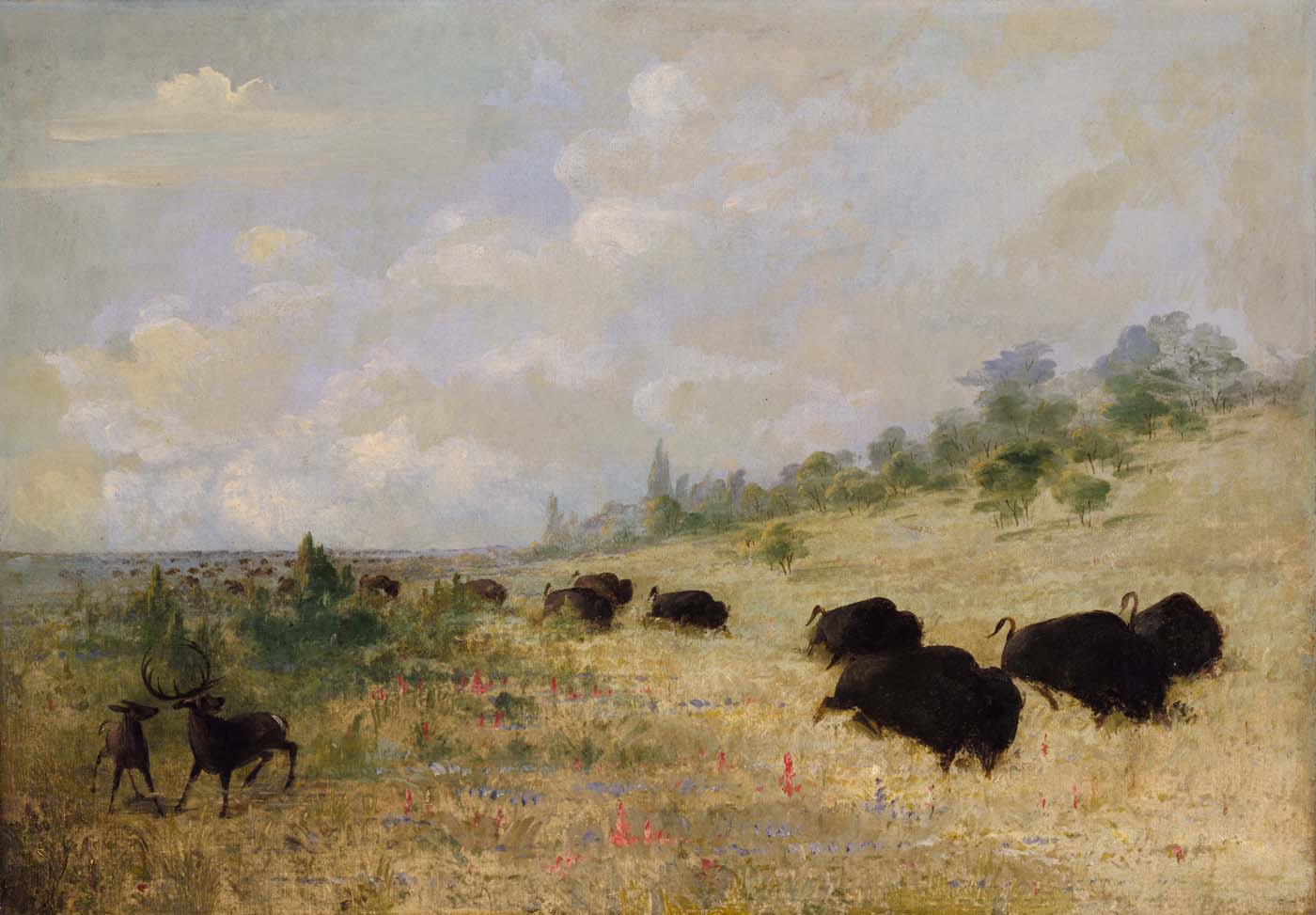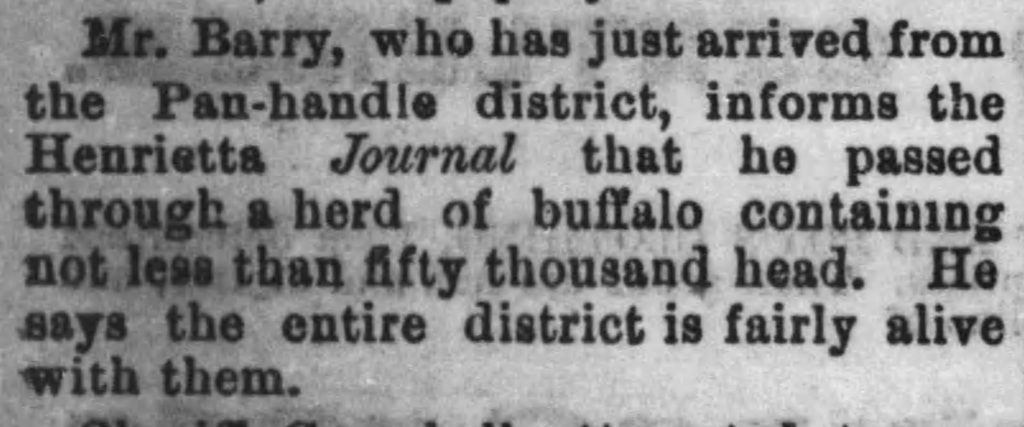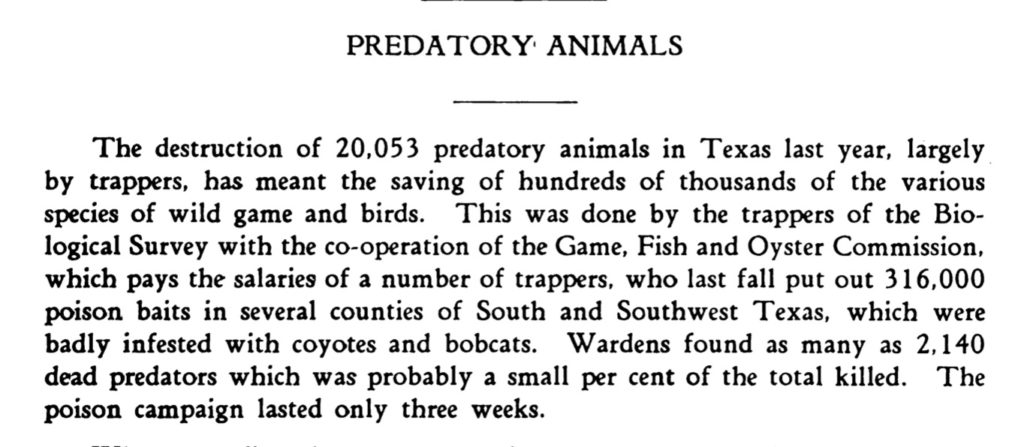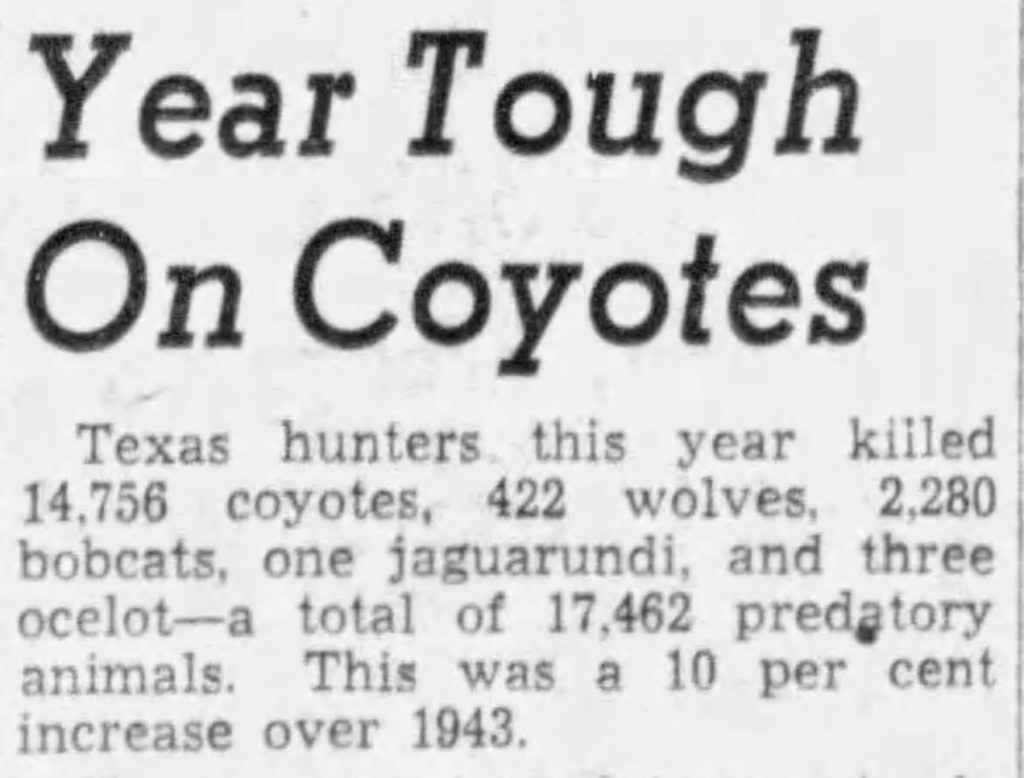Above: George Catlin, Elk and Buffalo Grazing among Prairie Flowers, Texas, 1846-1848
Before the arrival of Europeans, Texas teemed with a variety of wildlife that rivaled Africa. Parklike prairies were grazed by massive herds of deer, antelope and bison, which were then stalked by packs of wolves or lone jaguars. Bears filled the woodlands, while elk and sheep claimed the high country. However, in the intervening centuries most of that animal abundance was wiped out. The documents on this site aim to illustrate some of what happened. Most of what we know about wildlife from before the 1950s was from hunters and trappers and not field biologists. As a result many of the animals featured here have been killed or captured. Starting in the 20th century, some docuents offer a glimmer of hope and a way forward.
The following timeline is currently under development, but it aims to provide a context to the content on this website. For a more thorough history, please read the books listed on our resources page.
Pre-Columbian and Explorers Periods
Texas Population: unknown
Texas has been populated for over 10,000 years, and by the time the Spanish arrived in the 1500s, the state was divided into confederacies of various tribes. Some survived by farming, but all depended on the wild abundance of the landscape to provide as well. Plains tribes in the north hunted bison, while people in Central and East Texas traded in bear hides. Coastal fishermen had a reliable catch of both birds and fish.
- 1528 – After surviving a shipwreck, Cabeza de Vaca becomes the first Spaniard to explore the Texas interior.
- 1632 – The first Spanish mission was established near present day San Angelo.
- 1718 – San Antonio mission founded.
1722 – “During the remainder of the day we passed through a flat country and found a great many deer. We saw around us, almost at the same time, as many as three or four hundred of these animals.”
–Juan Antonio de la Pena, Medina County
- 1828 – “During our march we encountered vast herds of buffalo.” – Jean Louis Berlandier, Kerr County
Republic of Texas and Early Statehood
Texas Population: 50,000
After Texas independence, waves of American and European immigrants from the east began to develop and industrialize the landscape. Wildlife was slaughtered in massive numbers for both subsistence and the fur trade.
- 1836 – Texas gains independence from Mexico.
- 1846 – “It is a shame how hundreds of deer are killed and left lying.” –Viktor Bracht, New Braunfels
- 1850 – First railroad in Texas is established.
- 1853 – One Waco trading post shipped 75,000 deer hides to New York in addition to many bear and buffalo pelts over seven years.
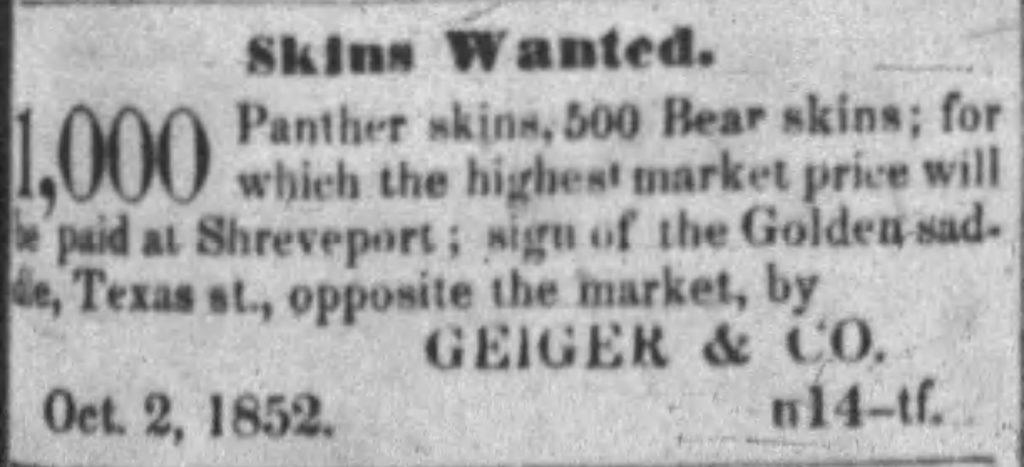
- 1861 – The Civil War breaks out and lasts for four years.
- 1877 – San Antonio Herald reports on a two week hunt by two men north of Ft. Clark Springs: “Three bears, sixty-seven deer, two hundred and nineteen turkeys, … four geese, forty-six ducks, thirty quails…”
- 1879 – First general game law enacted in Texas.
- 1879 – Corpus Christi Free Press reports: “One day this week a boat arrived from Bird Island, 22 miles south of here, with a novel cargo–the skins and oil of some three thousand pelicans.”
- 1885 – Bison had disappeared from Texas plains with the exception of a small herd protected by Charles Goodnight.
Game, Fish and Oyster Commission Era
Texas Population: 3,000,000
By 1895 the Texas population had skyrocketed, and it was becoming clear that the state’s natural resources were coming under stress. Passenger pigeons and bison, which had once swarmed the state in massive numbers were now almost entirely extirpated. White-tailed deer were even becoming scarce under the pressure of hunters.
The Game, Fish and Oyster Commission was established to enforce laws protecting useful species. They had some success increasing the deer and quail populations, but at the same time supported the extermination of predatory species. Mountain lions, wolves, coyotes, bobcats, jaguars, ocelots and even skunks and crows were killed in the thousands through mass poisoning and trapping campaigns.
- 1895 – Office of Fish and Oyster Commission was created to manage marine fisheries.
- 1903 – Five year closed season enacted on pronghorn antelope and bighorn sheep. Bag limit was set at six whitetail bucks for a two month season.
- 1905 – “Biological Survey of Texas” was published by Vernon Bailey.
- 1907 – A game department was added to the Fish and Oyster Commission in order to sell hunting licenses.
- 1919 – Waterfowl and shore birds were first protected with a closed season and bag limit of 25. Six game wardens were employed by the commission state wide to enforce these laws.
- 1925 – The first state game preserves were created.
- 1933 – Federal government purchases over 500,000 acres of land in East Texas for National Forests.
- 1932 – White-tailed deer restocking begins to prevent extirpation of the species in Texas.
- 1944 – Big Bend National Park was created.
- 1948 – The last jaguar was killed in Texas near Kingsville. The cats had been exceedingly rare since the turn of the 20th century.
Parks & Wildlife Department Era
Texas Population: 9,500,000
In 1963 the state began to purchase land for new state parks in earnest, and a more conservation oriented ethic started to develop. The Game, Fish and Oyster Commission was folded into the modern Parks and Wildlife Department, and increased energy was placed in stewardship and enforcement. The department helped sustain a healthy white-tailed deer population, allowed bears to return to West Texas and pulled species like the brown pelican back from the brink of extinction. Unfortunately, predator extermination programs continued, and increased development of the state resulted in massive losses in wildlife habitat.
- 1963 – The Game, Fish and Oyster Commission is consolidated under the new Texas Parks and Wildlife Department.
- 1963 – Available money and political will jumpstarts starts the golden age of state park acquisition. The acreage under protection expands tenfold over 25 years.
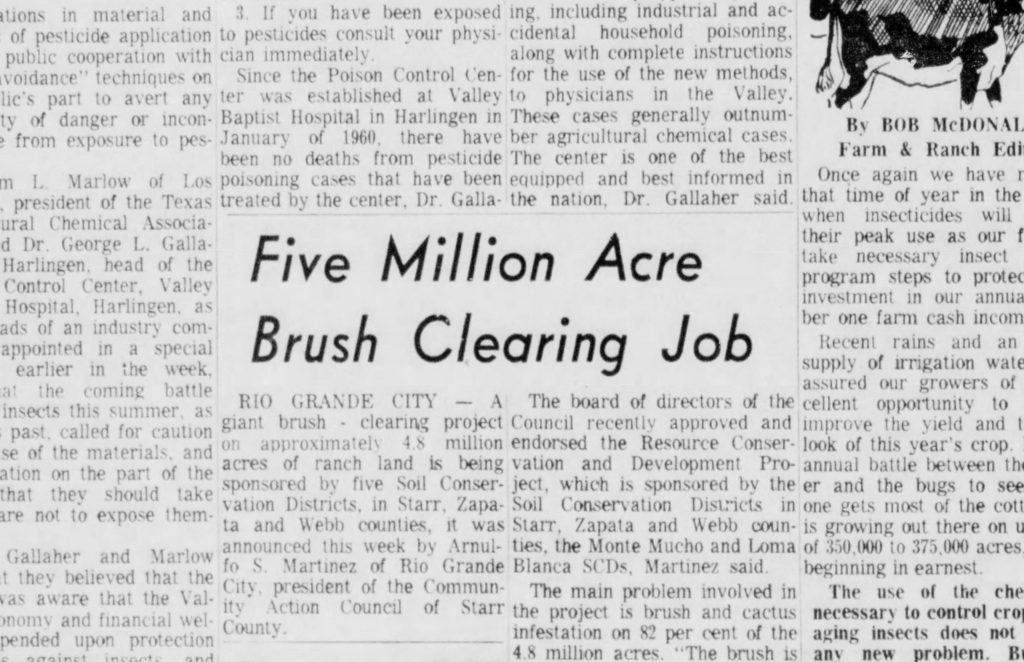
- 1970 – The last grey wolf is killed in West Texas.
Present Day to Future Prospects
Texas Population: 29,000,000+
Texas wildlife is at a crossroads today. The Parks and Wildlife Department has received an increased budget through Prop 5 and is beholden to a larger constituency of outdoor enthusiasts than ever. Coyotes and foxes are moving into our cities, and people are getting more comfortable living with predators. However, we are the fastest growing state in the nation, and only a tiny percentage of the land is publicly accessible. Ocelots are barely hanging on in South Texas and are hemmed in by development. What will the future hold?
I like to imagine increased investment in land acquisition. There are many stunning ranch properties on the market that would make better state parks than ranchette developments. A charismatic species like the ocelot could flank development and be reintroduced across South Texas and the Hill Country. Wolves and bison could even make a comeback in West Texas like they have in Yellowstone. It won’t be easy–it requires a bold vision for our future and an informed understanding of our past.
- 2019 – Texas voters pass Proposition 5 to guarantee that sporting goods sales tax goes to the Parks and Wildlife Department.
- 2020 – Texas Wild History is launched amid lockdown from the COVID-19 pandemic. Texans flock to State Parks as the only safe recreational outlet available to them.
Sources:
“A Brief Chronology of Wildlife in Texas” by Daniel Lay, Texas Game and Fish Magazine, March 1945, p. 9
“When Game Was Plentiful” by A.S. Jackson, Texas Game and Fish Magazine, May 1945 p. 6-7
